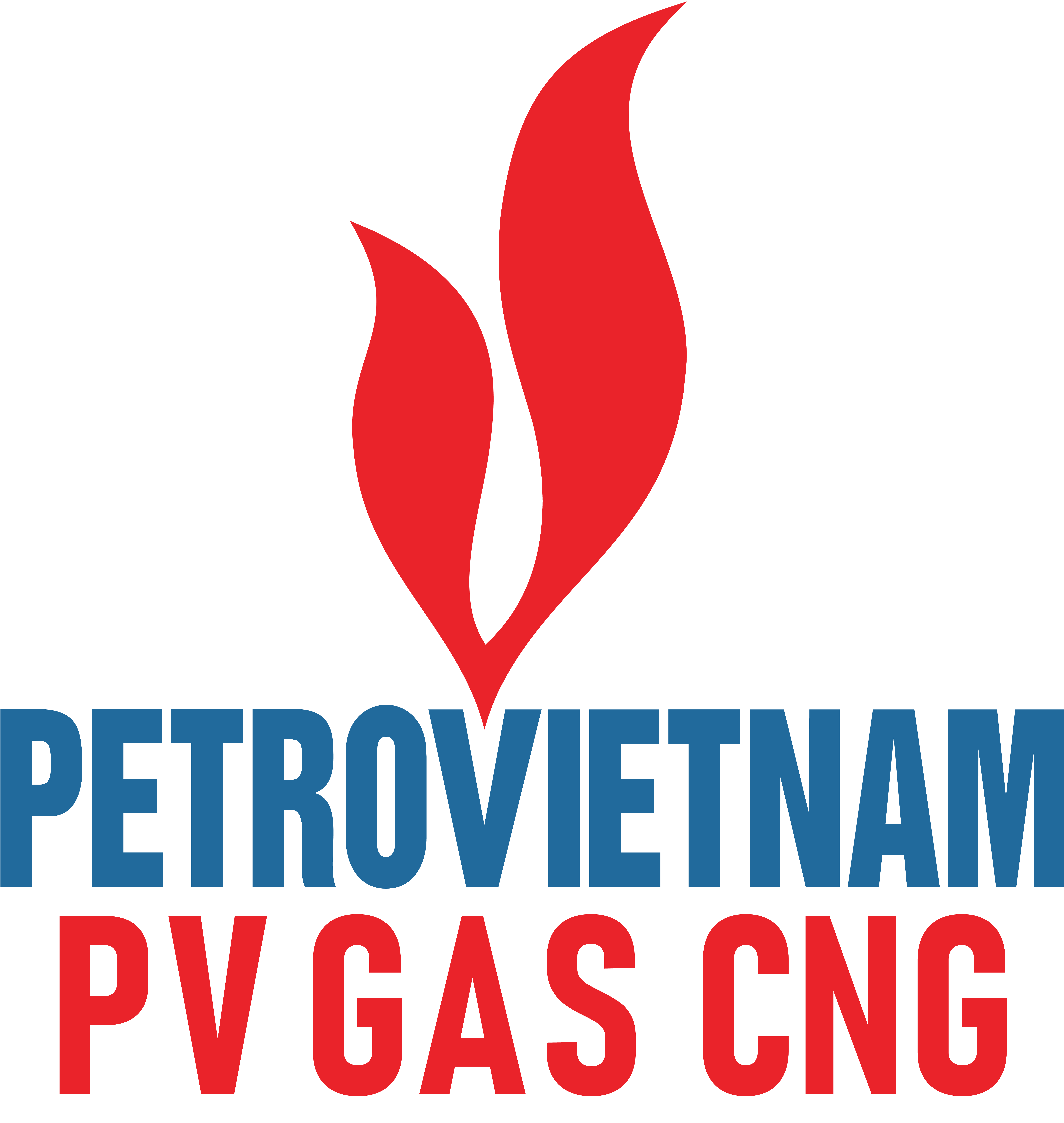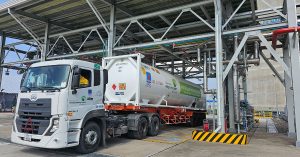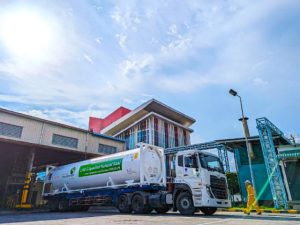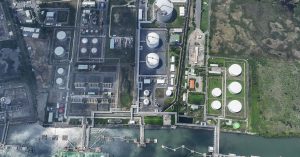Natural gas is an indispensable component of the world’s energy supply. It is one of the cleanest, most portable and most useful sources of energy. However, beyond its importance there are still many misconceptions about natural gas. Although classified in the same group as fossil fuels and other energy sources, gas still has characteristics that make them special. Below are some basic knowledge about natural gas, its origin, extraction, processing and supply.
What is natural gas?
Natural gas is one of the cleanest forms of energy, it is safe and useful in our daily life.
Natural gas is a hydrocarbon. That is, it is made up of compounds of hydrogen and carbon. The simplest hydrocarbon is methane; it contains one carbon atom and four hydrogen atoms.
Natural gas can be found in its own or in combination with oil. It is colorless and odorless and is actually a mixture of hydrocarbons, mostly methane. Other hydrocarbons include ethane, propane, and butane. Water, oil, sulfur, carbon dioxide, nitrogen and other impurities can be mixed with the gas as it comes out of the ground. These impurities are removed before the natural gas is delivered to consumers and commercial businesses.
Actually natural gas is volatile. It is more flammable than other energy sources. That helps strengthen its position, considered as one of the most used energy sources.
Natural gas can be measured in many ways. Although the most common unit of measure is the Gigajoule (GJ), which is one billion joules, a measure of heat or energy. Other measures are Mcf (thousand cubic feet) and Btu (British Thermal Unit).
Natural gas source
Natural gas is a fossil fuel. This means it originates from the remains of plants and animals that lived millions of years ago. These creatures were buried and exposed to heat. Due to deep compression beneath thousands of meters of soil and rock. These forces transform a living organism into natural gas.
Natural gas is found in reservoirs below the earth’s surface. Large layers of rock trap natural gas as it floats to the surface. Although the areas where gas is trapped are called pools, natural gas molecules are actually trapped in small holes and cracks during rock formation.
Natural gas extraction
Geologists use sophisticated technology to identify potential locations of natural gas. So they know where to drill the gas well. However, due to the complexity of locating natural gas trapped at depths of meters, and sometimes kilometers, below the surface, the exploration is not always successful.
Natural gas processing and supply
After being taken from an underground storage tank, natural gas is usually sent to a gas treatment plant to remove impurities and by-products. Some of these byproducts, including ethane, propane, butane, and sulfur (usually from sour gas) are extracted for other uses. Once processed, clean natural gas (pure methane) is transported through a network of pipelines to the point of use, or to processing plants to fill in gas cylinders for customers.
Please refer to: the process of producing and distributing natural gas to customers at CNG Vietnam.
Environmental impact
Natural gas is mainly methane. Once released into the atmosphere, it is removed by oxidation, gradually to carbon dioxide and water.
During extraction, storage, transportation, and distribution, natural gas is known to leak into the atmosphere, especially during extraction.





